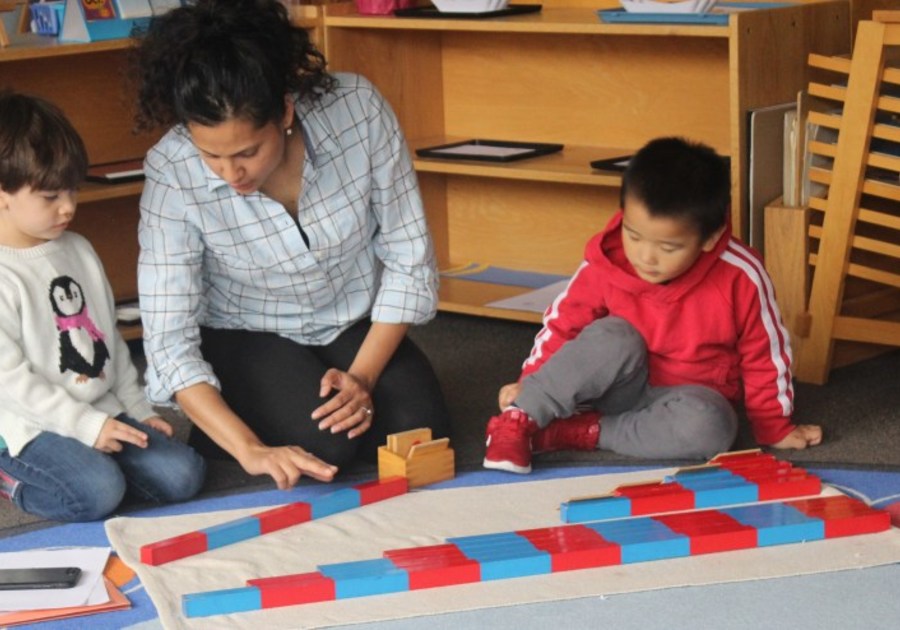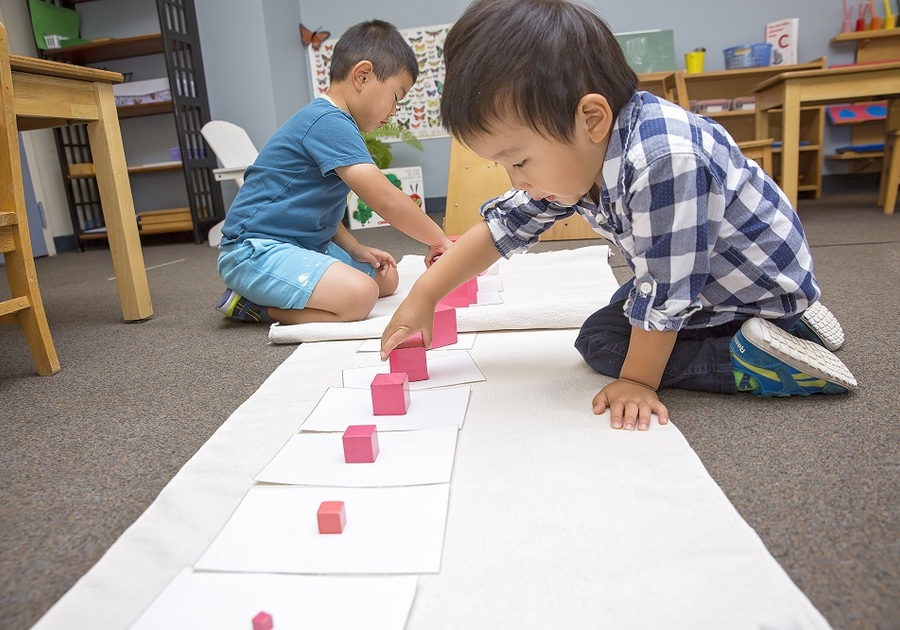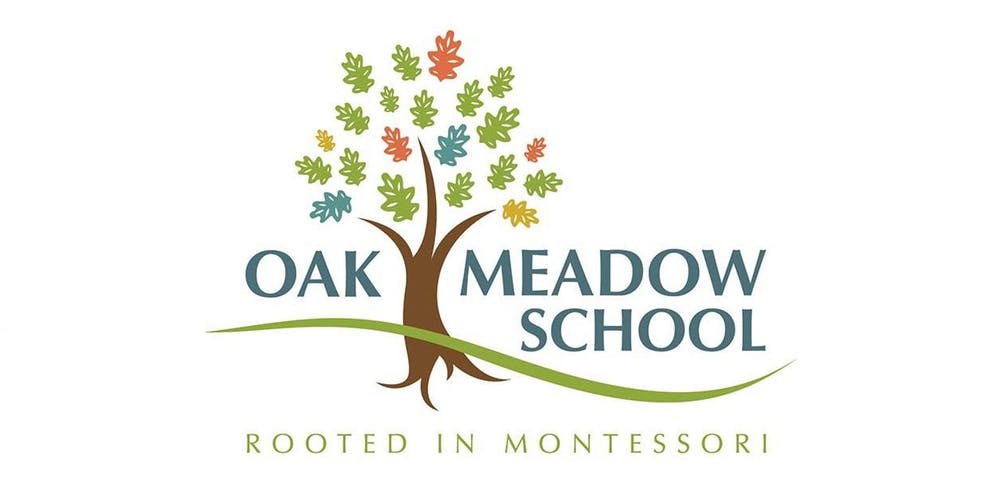Shared from Oak Meadow School. Learn more about Oak Meadow School at www.oakmeadow.org.
Choosing the best educational environment for your child is a hard decision. There are so many factors to consider but all parents have the same goal: to give your child a love of learning and the best education available.
One educational method you may have seen is Montessori. A Montessori education is based on well-researched principles of child development and utilizes a curriculum centered around hands-on materials and activities that help a child develop a strong self-image, high levels of academic and social competence, and the confidence to face challenges. One of the great advantages of Montessori education is differentiation and customization, unlike the uniform learning typical of a traditional education.
Encouraged to explore and evaluate from an early age, Montessori-educated children are problem-solvers and independent thinkers who manage their time and work well with others. They exchange ideas and discuss work freely. Guided by highly trained and specialized teachers, students in Montessori classrooms have opportunities to delve deeply into subjects and topics of particular interest while continuing to meet the high academic standards of a Montessori curriculum.
Below are more details of the differences between a Montessori and traditional education, from the American Montessori Society:
Montessori | Traditional | |
| Views the child holistically, valuing cognitive, psychological, social, and spiritual development | Views the child in terms of competence, skill level, and achievement with an emphasis on core curriculum standards and social development | |
| Child is an active participant in learning; allowed to move about and respectfully explore the classroom environment; teacher is an instructional facilitator and guide | Child is a more passive participant in learning; teacher has a more dominant, central role in classroom activity | |
| A carefully prepared learning environment and method encourages development of internal self-discipline and intrinsic motivation | Teacher acts as primary enforcer of external discipline promoting extrinsic motivation | |
| Instruction, both individual and group, adapts to students’ learning styles and development levels | Instruction, both individual and group, adapts to core curriculum benchmarks | |
| Three-year span of age grouping, three-year cycles allow teacher, students and parents to develop supportive, collaborative, and trusting relationships | Same-age and/or skill level grouping; one-year cycles can limit development of strong teacher, student, and parent collaboration | |
| Grace and courtesy, and conflict resolution are integral elements of a Montessori classroom. | Conflict resolution is usually taught separately from daily classroom activity. | |
| Values concentration and depth of experience; supplies uninterrupted time for focused work-cycle to develop | Values completion of assignments; time is tightly scheduled | |
| Child’s learning pace is internally determined | Instructional pace usually set by core-curriculum standard expectations, group norm, or teacher | |
| Child allowed to spot own errors through feedback from the materials; errors are viewed as part of the learning process | Work is usually corrected by the teacher; errors are viewed as mistakes | |
| Learning is reinforced through repetition – the key to mastery | Learning is reinforced externally by test scores and rewards, competition, and grades | |
| Care of self and environment are emphasized as integral to the learning experience | Less emphasis on self-care, spatial awareness, and care of the environment | |
| Child’s daily work flow includes independent study as well as group activity that is highly collaborative among a multi-age setting | Child is usually assigned to a specific work space; talking among peers is discouraged | |
| Multi-disciplinary, interwoven curriculum | Curriculum areas usually taught as separate topics | |
| Child learns to share leadership; egalitarian interaction is encouraged | Hierarchical classroom structure is more prominent | |
| Progress and assessment is ongoing and reported through multiple formats including: conferences, narrative reports, teacher observations, checklists, and portfolios | Progress is usually reported through conferences, report cards/grades, and test scores | |
| Children are encouraged to teach, collaborate, and help each other | Most teaching is done by teacher and collaboration is an alternative teaching strategy | |
| Child is provided opportunities to choose own work from interest and abilities, concepts taught within context of interests | Curriculum is organized and structured based on core curriculum standards | |
| Goal is to foster a love of learning. | Goal is to master core curriculum objectives. |
Oak Meadow School, founded in 1977, is an independent school serving children 15 months through Grade 8. Accredited by American Montessori Society and AISNE.
Oak Meadow School
2 Old Pickard Lane
Littleton, MA 01460
978-486-9874






